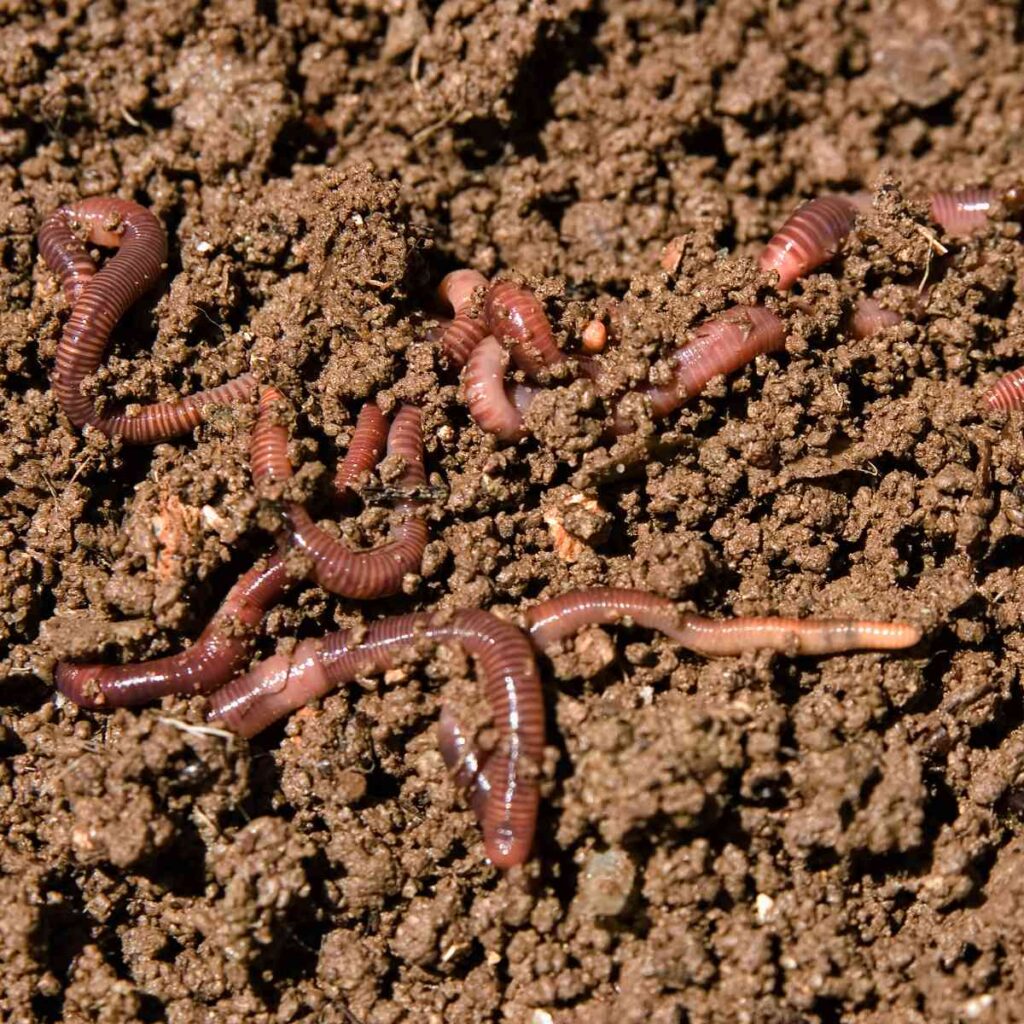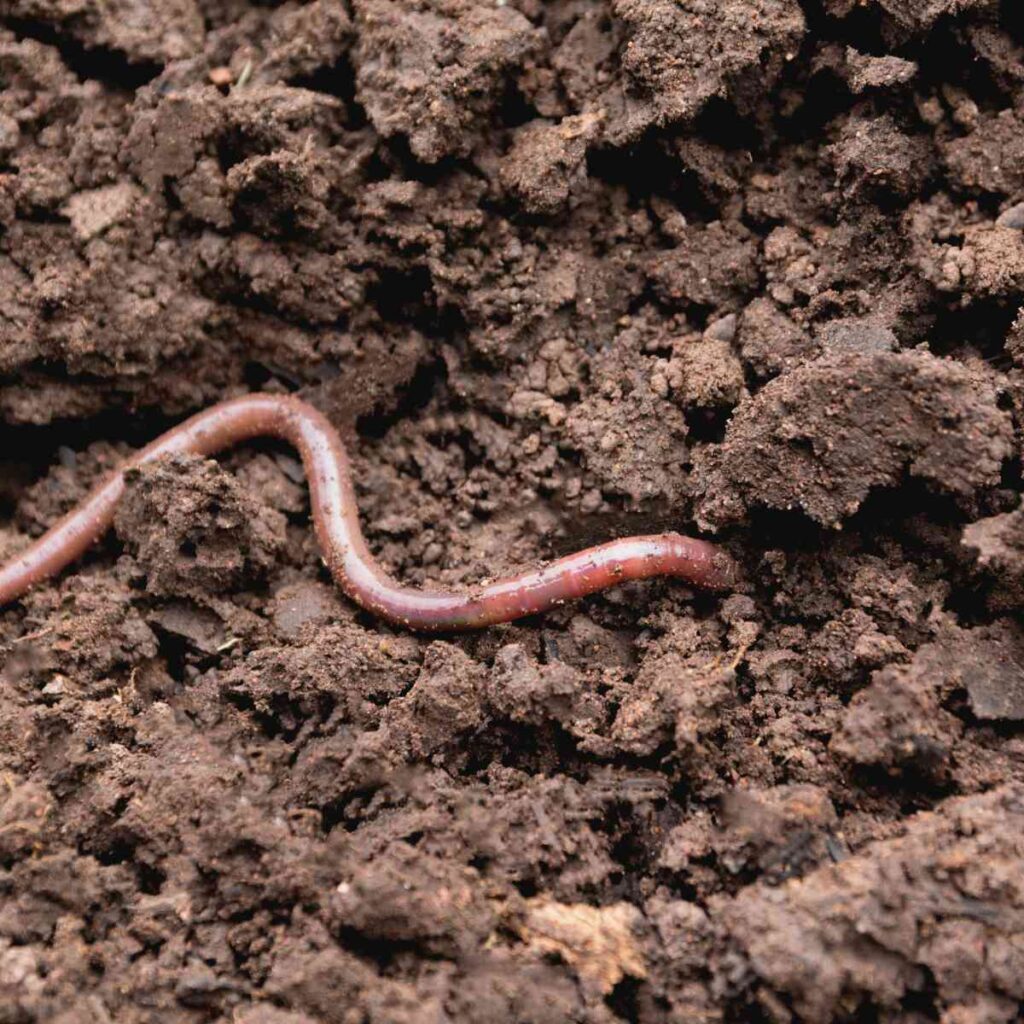Last Reviewed and Updated on February 4, 2023
The earthworm is one of those animals that doesn’t need a special introduction, as we have probably all seen one in our lives. These little creatures are one of the most important animals in the world. Read on and learn more about these (not always) small animals, from the basics to some of the most interesting facts about earthworms.

About Earthworms
Earthworms are annelids, cylindrical segmented worms commonly found in soil. They can be found worldwide where conditions allow it (and even in some unlikely habitats).
They play an important role in soil ecology as they improve soil structure, aeration, and fertility as they burrow through the ground.
There isn’t an exact consensus on how many different species of earthworms there are, as earthworms have been classified differently by different scientists over time.
Currently, there are over 6000 species of earthworms named, with many still unknown and some of those names possibly being synonyms (same species listed more than one time with another name).
Earthworms have moist skin, a mouth, and a digestive system that runs through their whole body.
They feed on all kinds of organic matter, both living and dead, and decomposing organic matter.
Facts About Earthworms
You know what they look like, but do you know what makes them so special? Read these facts about earthworms and learn more about them.

1. Earthworms are hermaphrodites
Each earthworm has both male and female reproductive organs. When two earthworms mate, they fertilize each other’s eggs. Essentially, both will become pregnant and have young (lay eggs).
2. Several species don’t need to mate in order to reproduce
Quite a few common earthworm species are parthenogenic, which is a form of asexual reproduction. With this form of reproduction, the development of embryos happens without fertilization.
3. Earthworms breathe through their skin
They have no special respiratory organs. They breathe through their skin; gases are exchanged through their moist skin and capillaries.
Fun fact: they can breathe underwater, and their skin can absorb some oxygen from the water, allowing them to survive in water for weeks.
4. If their skin dries, they die
If their skin dries, they will suffocate and die. As they breathe through their skin, and their skin needs to be moist for it to exchange gas, they can’t breathe when the skin dries up.
5. One of the longest worms (on average) is the Mekong worm
These are considered the largest earthworms on average as they grow to a length of 10 ft / 3 meters.
6. African giant earthworm holds the record for the longest earthworm
While this species isn’t the longest on average, as their length, on average, is about 4.5 feet / 1.4 meters, they can be a lot longer. This species holds the Guinness World Record for the world’s longest earthworm, as one specific worm in 1967 was measured at 21 feet / 6.7 meters long.
7. They have no eyes, but sense light
Earthworms have no eyes (although some worms do); they have specialized photosensitive cells throughout their bodies but are more concentrated on the back and sides of the worm.
8. Earthworms can regenerate to a certain degree
All earthworms have the ability to regenerate lost segments; however, this ability varies between species. This ability depends on the extent of the damage.
Fun fact: there is a myth that if you split the earthworm in two, both parts will regenerate, and one earthworm will become two. This, although theoretically possible, isn’t usually the case.
9. Why earthworms come out in the rain is a bit of a mystery
It was long believed that earthworms surface when it rains to prevent drowning. But since they are more than capable of breathing in the water, this isn’t the case, at least not for all species of earthworms.
Another explanation is that they interpret the sound of raindrops as predators, and they are trying to escape.
Another theory suggests they emerge as rain makes it easier, faster, and safe for them to travel on land.
10. The number of segments is usually the same for all members of one species
Earthworms have segmented bodies, and the number of segments stays the same throughout their lives. The number of segments varies between species, but most of the time, all members of one species have the same number of segments.
